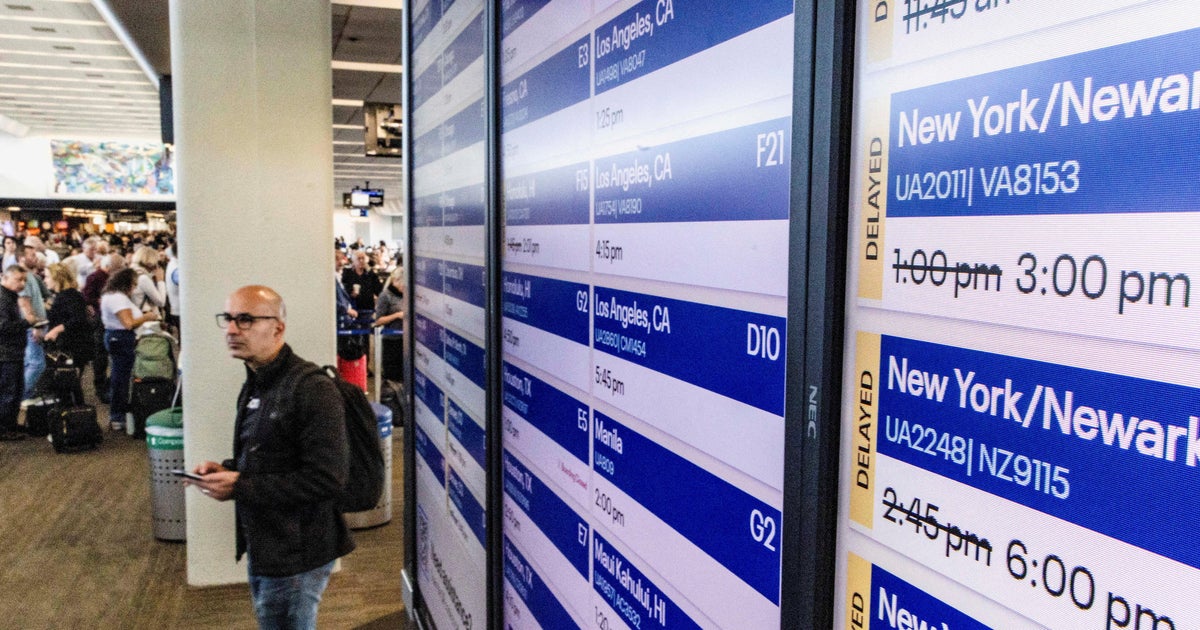Disruptions in the Skies: Navigating FAA-Driven Flight Cancellations
The FAA's Unprecedented Directive
The Federal Aviation Administration's call for airlines to reduce flights is a measure never before taken in its nearly four decades of operation. FAA Administrator Bryan Bedford remarked on the unprecedented nature of this directive in the industry.
"I'm not aware in my 35-year history of any similar action being taken," noted Bedford, highlighting the complexity and challenges posed by the current air traffic control staffing issues.

Impact on Travelers
With thousands of flights being canceled, passengers are experiencing widespread disruption. Airlines are reaching out to offer alternatives and refunds where possible, but long delays and route changes are becoming a new norm.
- Availability of alternative flights is limited
- Compensation policies vary between airlines
- Increased wait times for customer service assistance
For more insights into how different airlines are managing compensations, check airline policy changes.
Solving Air Traffic Control Shortages
The root of these disruptions lies in the shortage of air traffic controllers, amplified by the government shutdown. Solutions are being discussed at various levels, including recruitment drives and potential international collaborations.
Experts from the aviation sector have emphasized the need for accelerated training programs for controllers. For more on this, watch a detailed YouTube analysis.
Economic Consequences
The ripple effect of flight cancellations will be felt beyond the airlines, impacting tourism, hospitality, and related sectors. The loss of revenue is significant, with ripple effects predicted to last well beyond the resolution of the current crisis.
For deeper analysis, the White Paper on Airline Economics offers a thorough exploration of potential impacts.
Public Reactions
While the industry copes with the situation, public sentiment is mixed. Some travelers express understanding, emphasizing safety concerns, while others are frustrated by the lack of flight availability and support during this period.
Join the conversation on social media with reactions from passengers and travel influencers on Twitter.
Future Preparedness
This scenario highlights the need for robust contingency planning. The current experience could serve as a wake-up call for the aviation industry and the government to ensure efficient handling of personnel shortages in future.
Leverage insights from past events documented by industry leaders, as seen in LinkedIn discussions.
